Category: How I Got the Shot
-
Brown Pelican Landing – La Jolla
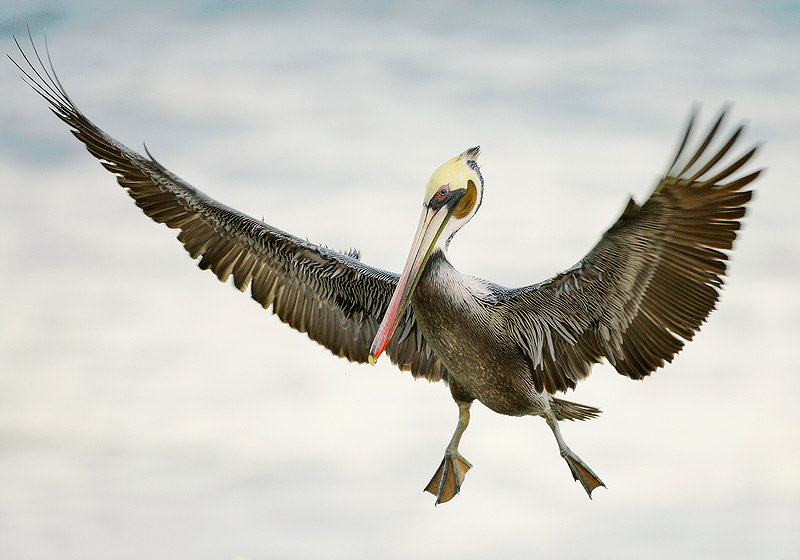
Arthur Morris is a freelance nature photographer and writer specializing in birds. He is widely recognized as the world’s premier bird photographer and one of the top nature photography educators of his time. More than 20,000 of Arthur’s images have been published worldwide. He is also a founding member of the North American Nature…
-
Sunrise Drips
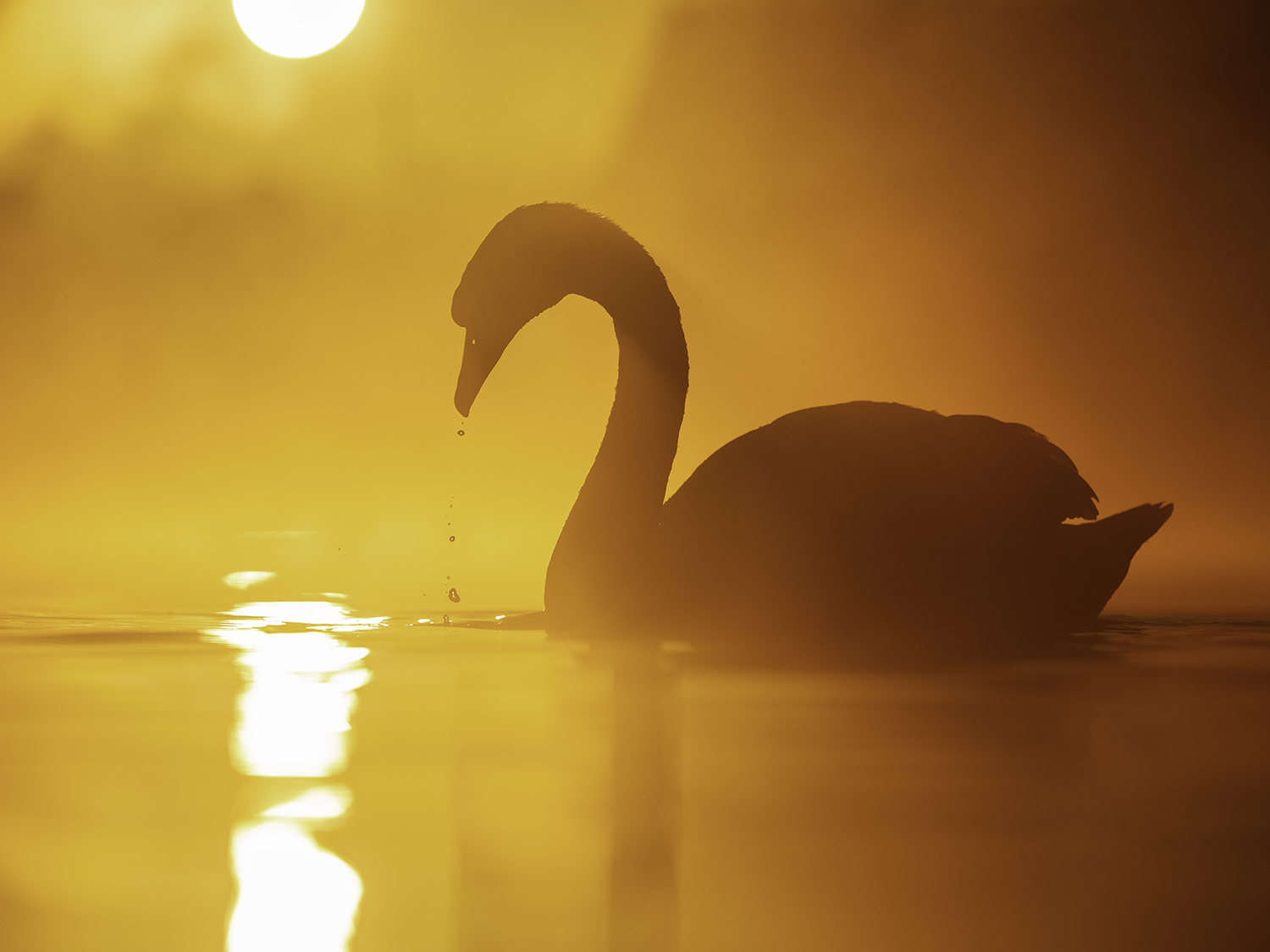
Tesni Ward is a Wildlife and Nature Photographer based in the UK. She has the ability to capture nature in a unique and mesmerizing way. Tesni offers workshops on her craft. More information can be found here http://www.tesniward.co.uk/photography-workshops/
-
How David Carlson Got the Shot: Oracle over Oshkosh
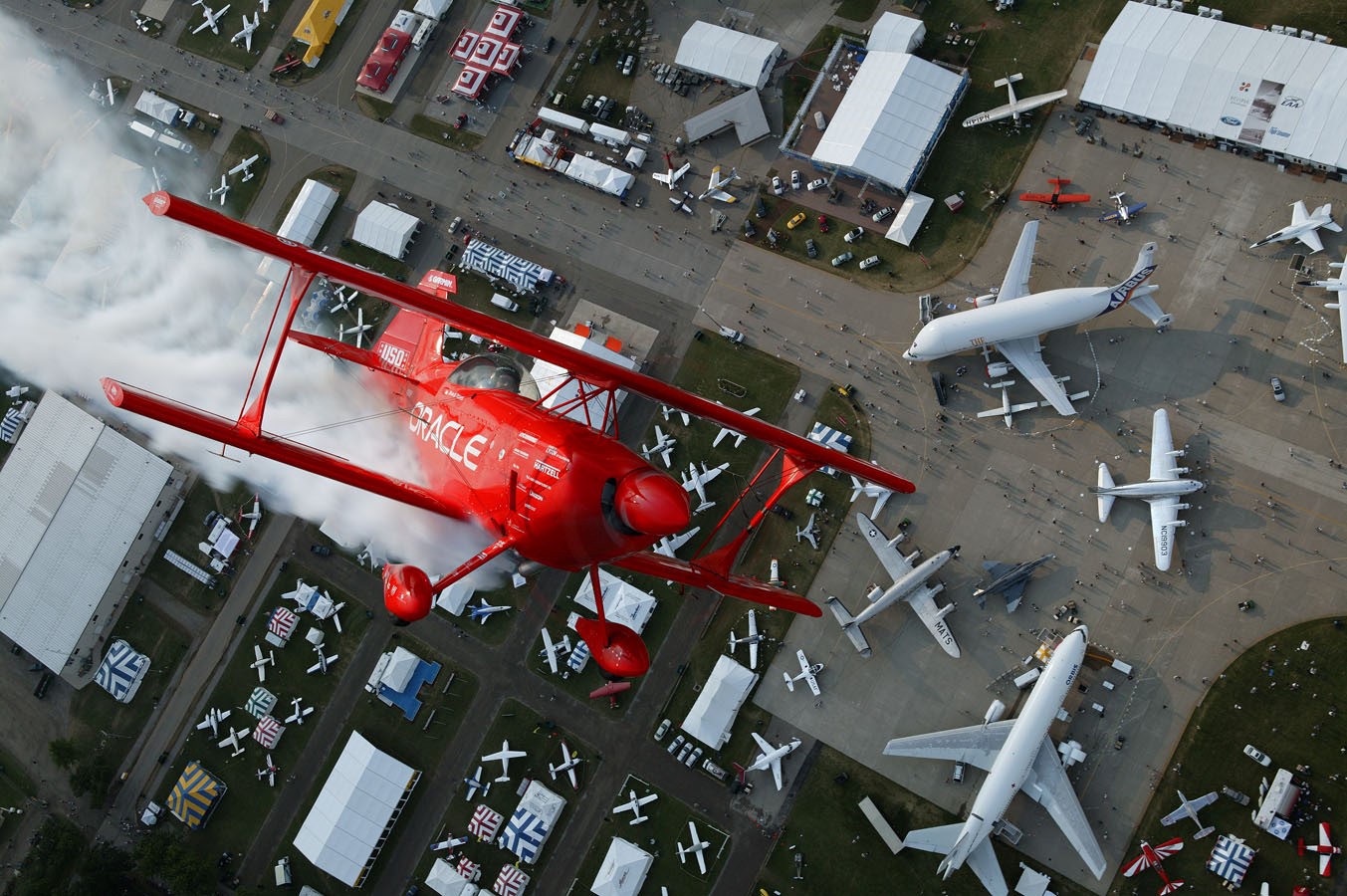
Safety is the number one rule when doing Air to Air photography. This shot was not made by accident. When we visualized what the shot would look like, the planning began. This shot was made over the Oshkosh airshow. The image took coordinating with a number of people to create it. We were flying in…
-
How Rick Sammon Got the Shot: Interior of the Loretto Chapel in Santa Fe, New Mexico

Photo Credit: Rick Sammon A seven-stop HDR (High Dynamic Range) exposure sequence was how I was able to capture the entire (and very wide) contrast range of the interior of the Loretto Chapel in Santa Fe, New Mexico. To enhance the mood of the scene, I added a soft sepia effect in Lightroom. Get more…
-
How Rick Sammon Got the Shot: Carnavale Models on a Canal
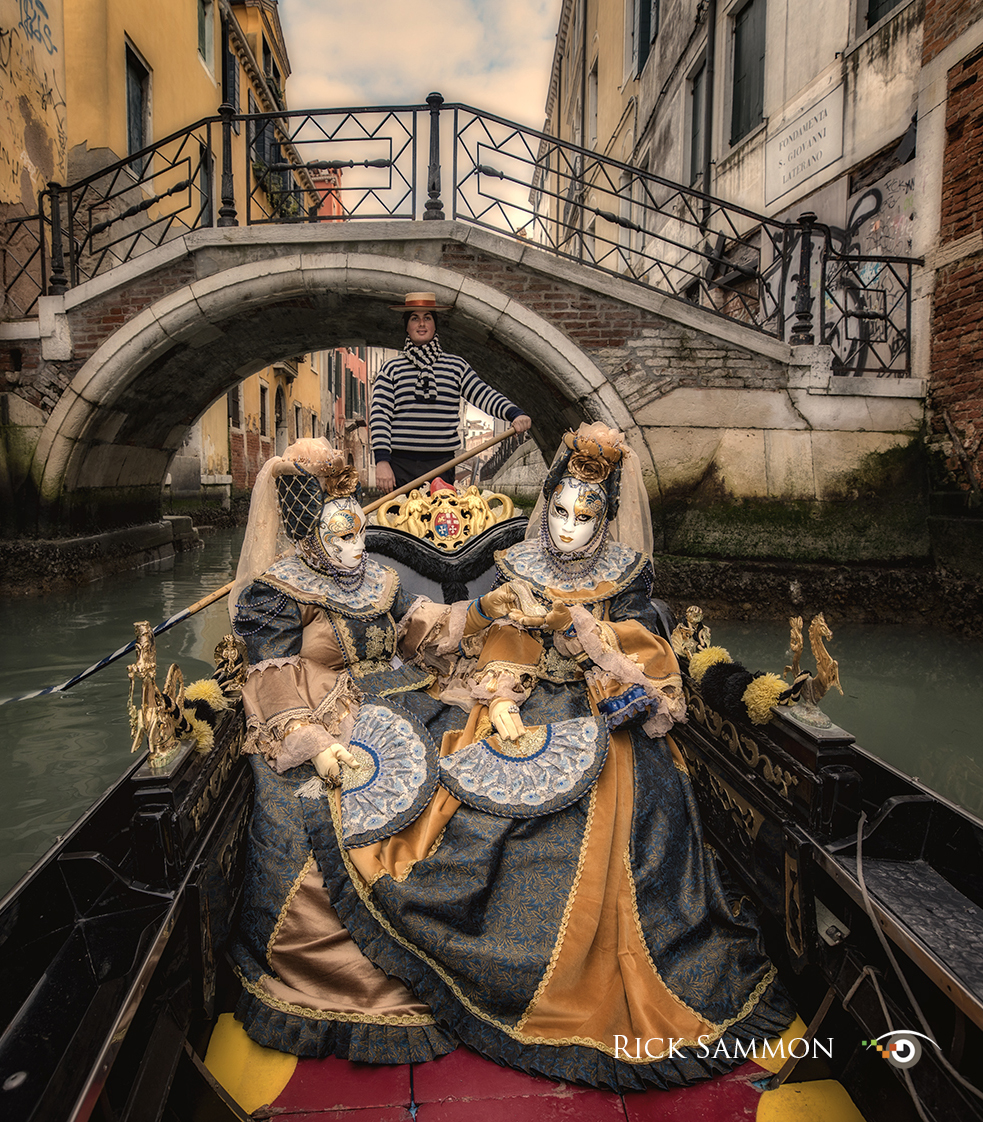
Photo Credit: Rick Sammon This photograph is the result of creative visualization – seeing the end-result in my mind’s eye before I took the shot. Before getting in the gondola, I selected the background while standing on a nearby bridge. Once I was in the gondola, I asked the models to strike a pose, and I…
-
How Rick Sammon Got the Shot: Cormorant Fishermen, Remote China
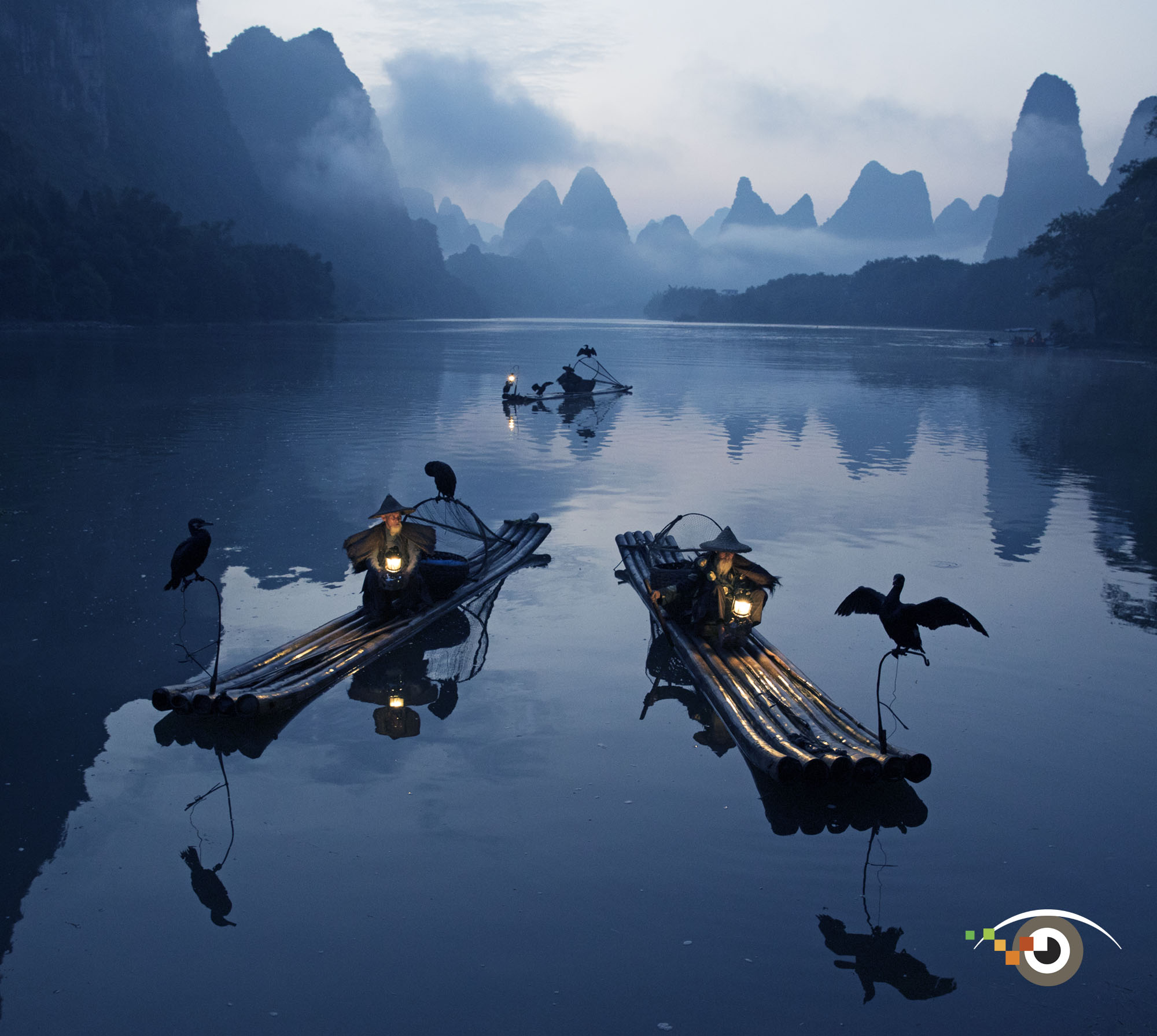
Photo Credit: Rick Sammon This is one of my favorite photographs I took during a workshop I co-lead to remote China with my friend Ken Koskela, and organized by two more friends Andy and Mia Beals. When I talk about my photograph, I really can only take part of the credit. Andy and Mia are…
-
Venice Italy – Photography by Christina Tan
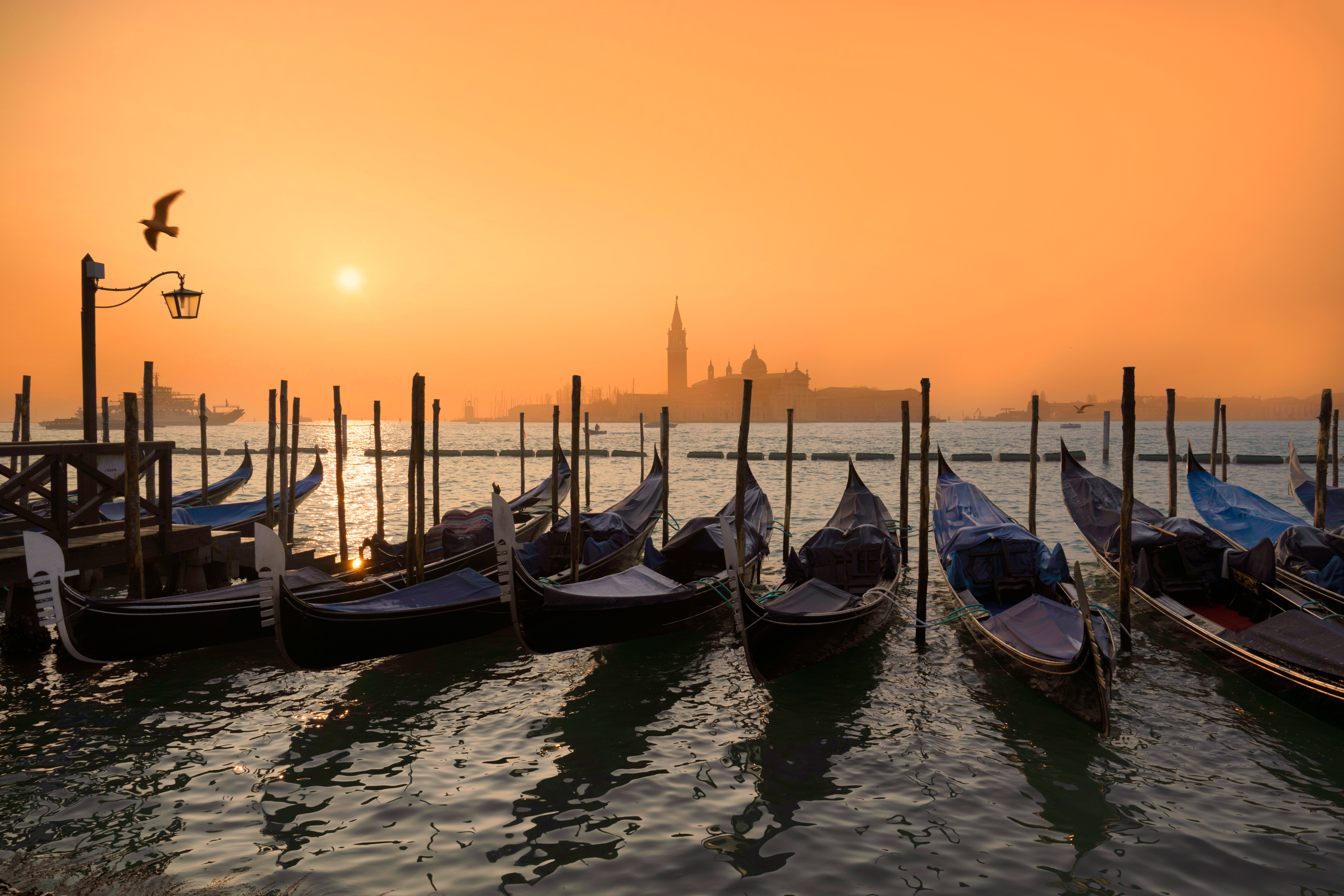
Photo Credit: Christina Tan, Luxury Travel Photographer & Delkin ImageMaker Christina Tan travels the world doing professional commercial photography work. On assignment in Italy she captured this stunning image of Venice with the sun low in the sky. Christina Tan is an Indonesia based photographer who specializes in global Travel Photography and is a Delkin Devices…
-
How Rick Sammon Got The Shot- My One Picture Promise
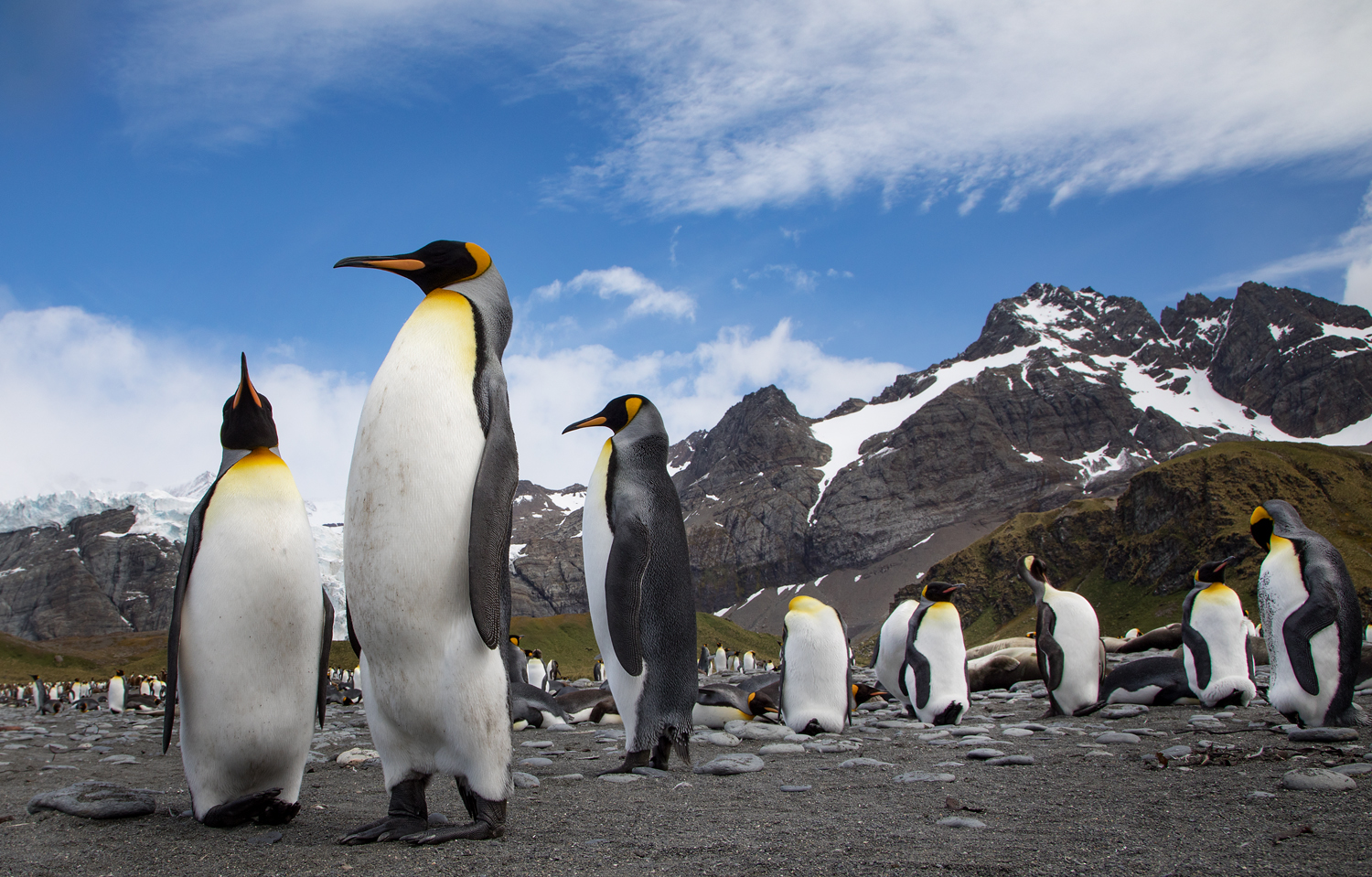
How I Got the Shot – My One Picture Promise Rick Sammon www.ricksammon.com I promise you . . . If you think about the one picture you’d take in a particular situation – think about the one best exposure, the one best composition, the one best lens to use, the one best combination of camera…
-
How Rick Sammon Got The Shot- Model at Sunrise in Death Valley, California
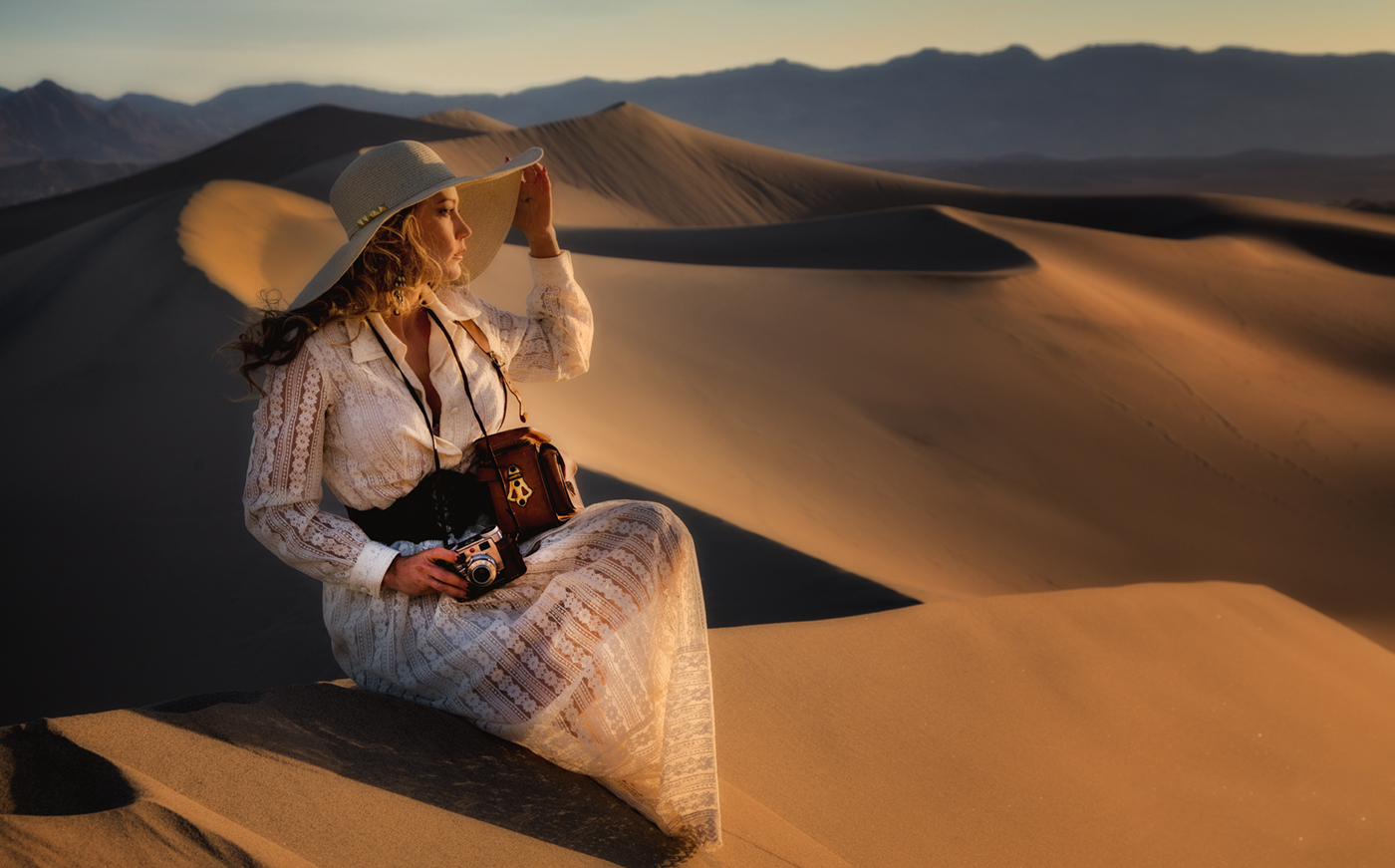
How I Got the Shot – Model at Sunrise in Death Valley, California Rick Sammon Getting this shot at sunrise was a challenge, but a ton of fun. We got up at 4:30 AM and left our hotel at 5 AM. We arrived at the Mesquite Sand Dunes in Death Valley shortly thereafter…
-
How Ken Sklute Got The Shot
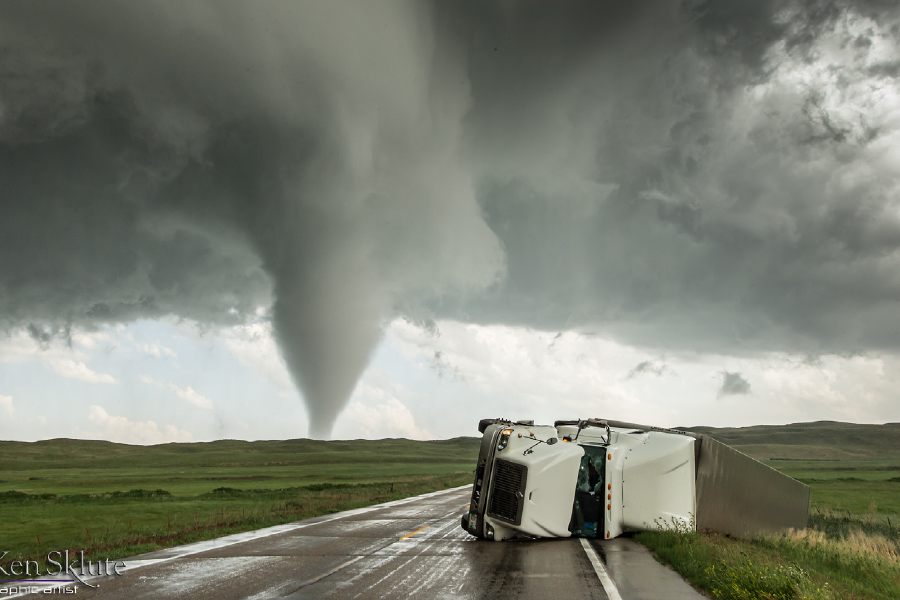
As we blasted down the road, I recognized something in our lane several miles away; it was unclear what it was from where we were. As we got closer, I could see that it was an overturned 18-wheeler; we sped even faster now…
-
How Christina Tan Got The Shot
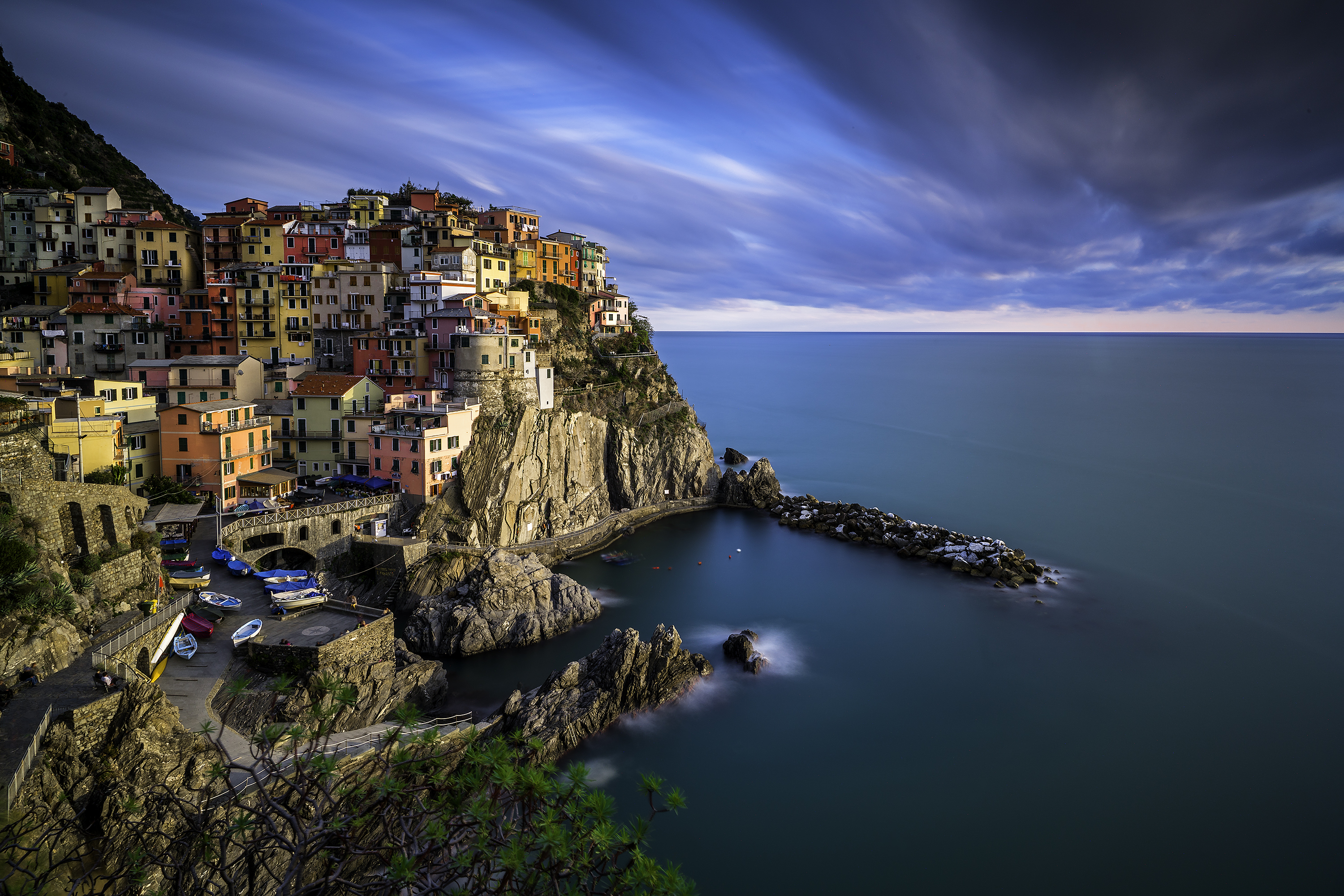
Photo Credit: Christina Tan, Luxury Travel Photographer & Delkin ImageMaker I had been wanting to go here to shoot this legendary landscape. I arrived during a golden hour and what a beautiful light I saw! I used a ND filter, big stopper, to get the moving clouds effect thus still water. Italy is always a…
-
How Rick Sammon Got The Shot
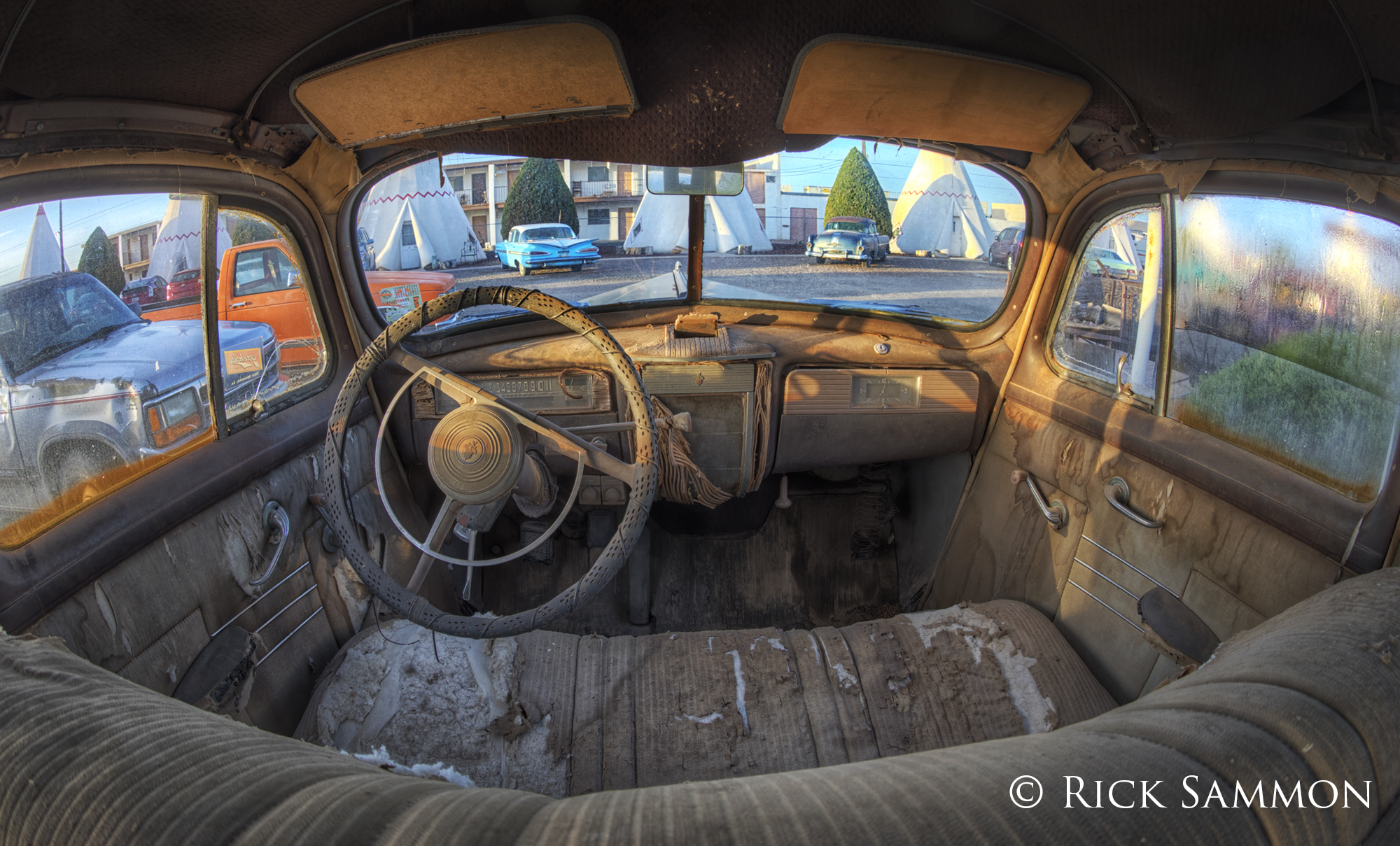
How I Got the Shot – Wigwam Motel, Holbrook, AZ Rick Sammon I made this HDR (high dynamic range) image with my Canon 5D Mark IV and Canon 8-15mm lens (set at 15mm) mounted on a tripod in the back seat of this vintage Packard. It’s a seven-f/stop bracketed sequence, which was needed to capture…
-
How Rick Sammon Got the Shot – Ganges River Local
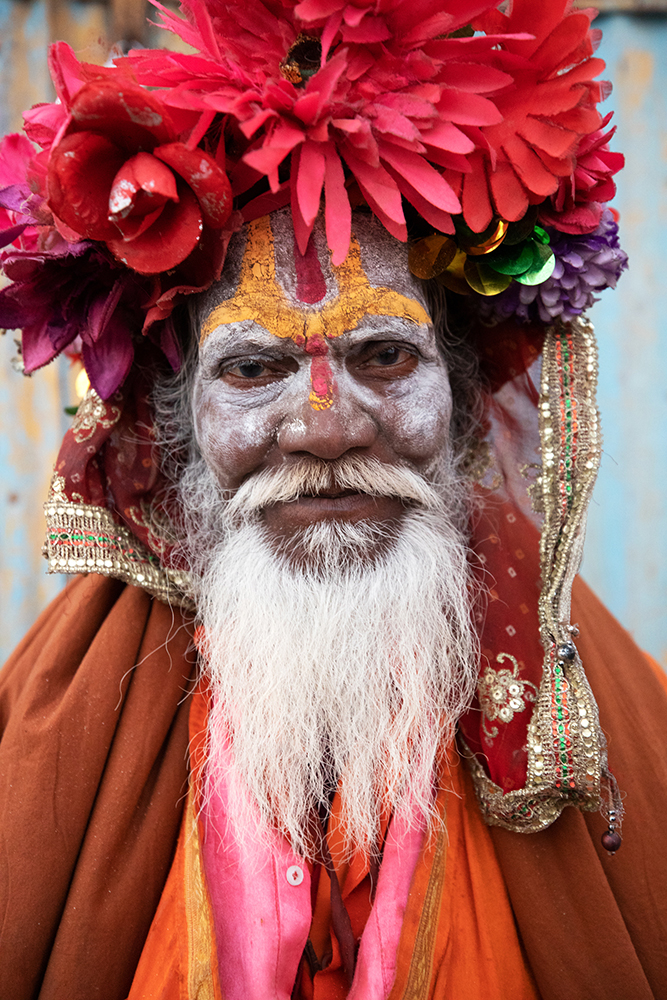
Making an “Image with Impact” is a good goal in our photography. That was my goal when I was looking for a person, out of hundreds on the banks of the Ganges River, during my trip to India this past February. I chose this particular subject because color is an element that can add…
-
How Rick Sammon Got the Shot – Taj Mahal
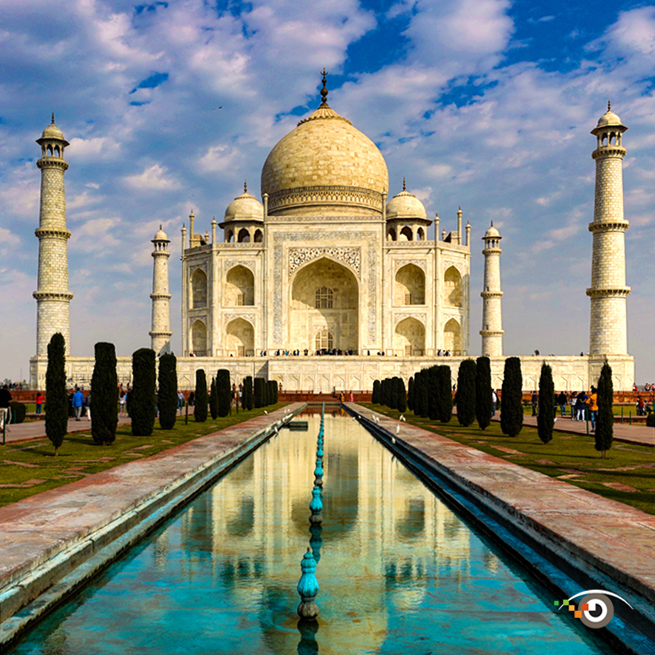
Sometimes, you just gotta take the postcard shot, as I did here when photographing the Taj Mahal. To darken the sky, lighten the clouds and to bring out the reflection of the Taj in the water, I used a polarizing filter. This image was captured on my Delkin Devices SD card. Get more…
